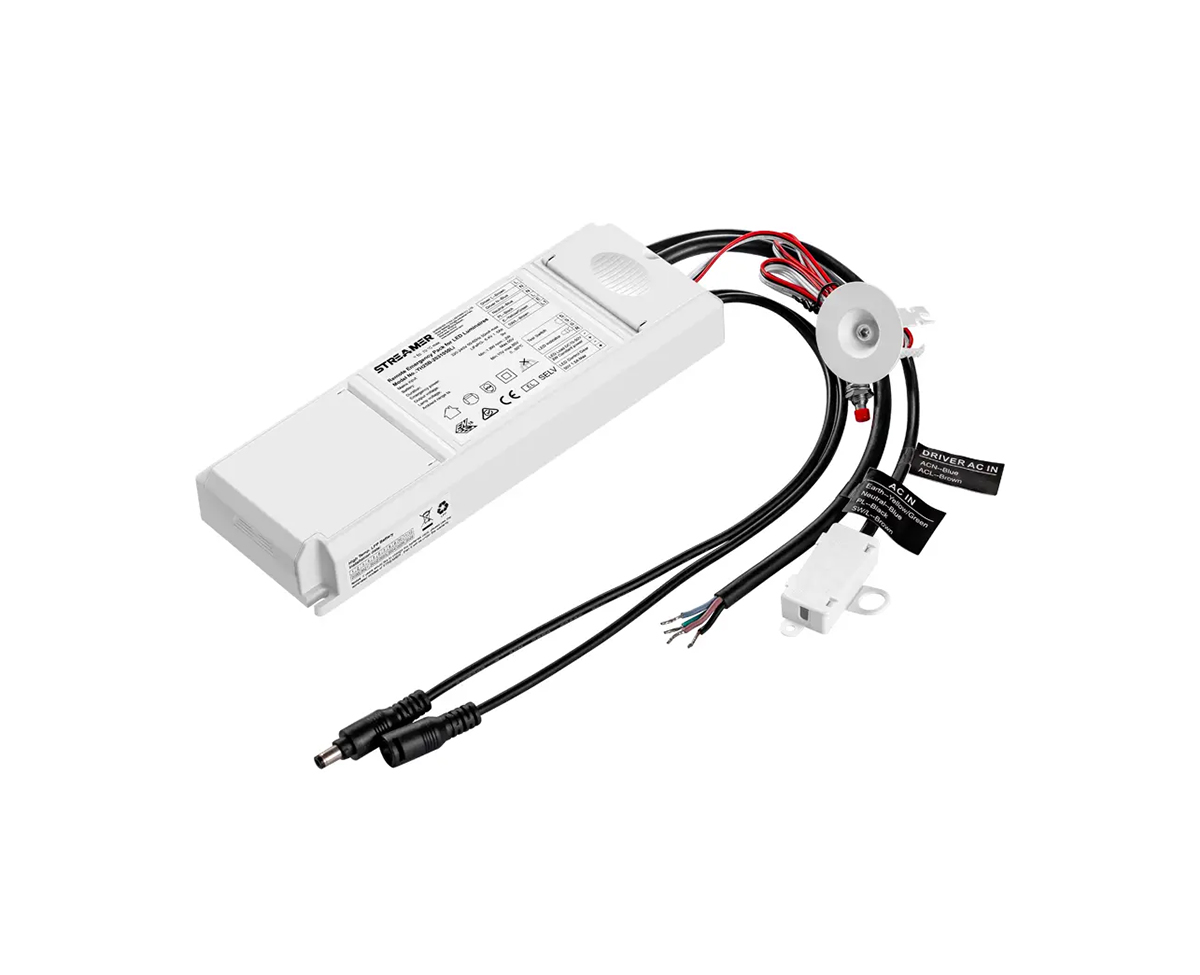 1
1
 Mar 03, 2025
Mar 03, 2025

The networking of LED emergency power supplies is a significant development that brings enhanced management and monitoring capabilities. In large - scale buildings, such as multi - story commercial complexes, hospitals, or airports, having a network - connected LED emergency power supply system is crucial.
Through networking, all the LED emergency power supplies within a building can be centrally monitored and controlled. A building management system (BMS) can communicate with each individual power supply unit. This allows the operators to check the status of every emergency power supply in real - time, including its battery charge level, whether it is in normal operation or in an emergency mode, and if there are any faults detected. For example, in a large hospital, the maintenance staff can use the BMS to quickly identify which emergency power supply units need attention without having to physically inspect each one.
Network - connected LED emergency power supplies also enable remote control functions. Operators can remotely switch the emergency lights on or off, adjust the brightness levels, and even perform self - test commands. This is especially useful during building maintenance or testing procedures. Instead of having to visit each location, the staff can perform these operations from a central control room, saving time and effort.
Moreover, in case of an emergency, the networking system can be integrated with other emergency response systems. For example, when a fire alarm is triggered in a building, the LED emergency power supply system can be automatically notified. It can then adjust the lighting pattern to guide people to the nearest emergency exits more effectively. This integration between different systems improves the overall emergency response efficiency and safety of the building.
In addition, the networking of LED emergency power supplies allows for data collection and analysis. The system can record information such as the frequency of power outages, the duration of emergency operations, and the performance of each power supply unit over time. This data can be used to optimize the maintenance schedule, predict potential failures, and improve the overall design and operation of the emergency power supply system.